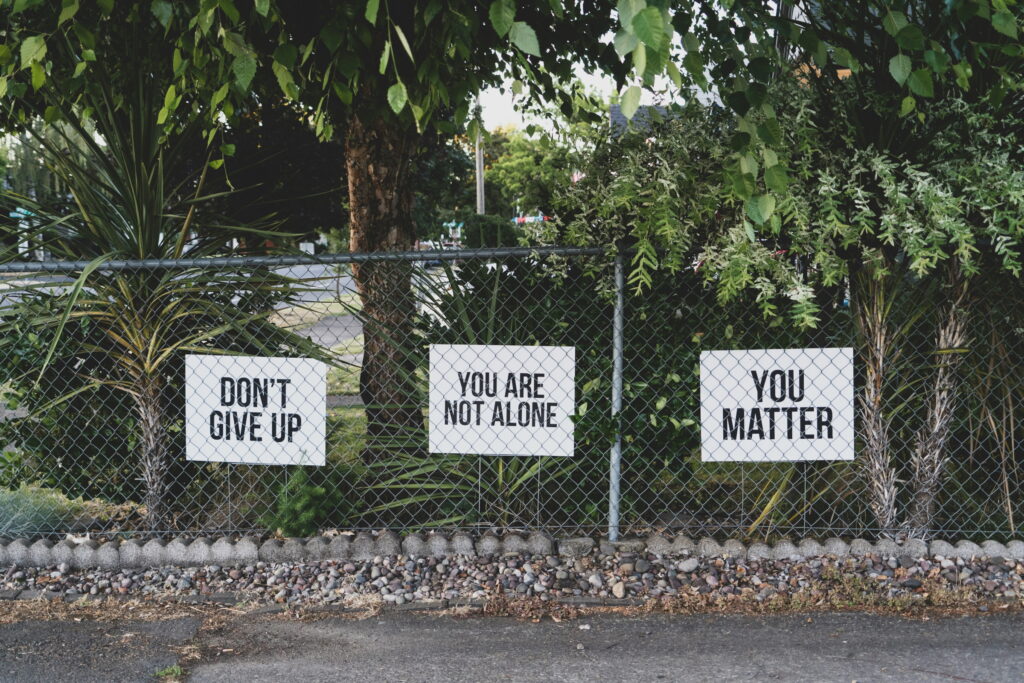When someone stops using marijuana, they may experience withdrawal symptoms. Even though marijuana is often seen as harmless, regular use can lead to a variety of symptoms when quitting.
Recognizing these symptoms is essential for mental health and recovery. Knowing what to expect can help people understand their feelings and get the right help.
Recognizing the Symptoms of Withdrawal
When someone stops using marijuana, they might experience withdrawal symptoms. These symptoms can affect both the body and the mind. Knowing what to look for can help people be ready for these changes.
Physical and Psychological Symptoms
Withdrawal from marijuana can lead to common symptoms such as feeling anxious, having trouble sleeping, and appetite loss. Many people feel more irritable or restless than usual. Physically, they may notice they’re eating less and losing weight.
When someone stops using marijuana, they may experience symptoms because the chemical in marijuana, THC, affects the brain’s receptors that control mood, sleep, and hunger. It takes time for the brain to adjust when marijuana use stops, which can lead to these symptoms.
Duration and Intensity of Symptoms
The duration and intensity of the withdrawal symptoms can differ from person to person. It depends on how long someone has used marijuana, how much they used it, and their body’s makeup.
According to the National Institute on Drug Abuse (NIDA), most symptoms start within a day or two after quitting and usually last for one to two weeks. However, some people might still feel changes in their mood or sleep for several months. Knowing this timeline can help people prepare for what’s to come and seek the right help.
The Science Behind Marijuana Withdrawal

Marijuana withdrawal is a real condition that happens for scientific reasons. Understanding why it happens can help people manage it better.
Cannabis Withdrawal Syndrome
When a person stops using a lot of marijuana, they might experience Cannabis Withdrawal Syndrome (CWS). Doctors recognize CWS when a person shows at least three symptoms such as irritability, anxiety, trouble sleeping, loss of appetite, restlessness, or physical discomfort. These symptoms are listed in a guide called the Diagnostic and Statistical Manual of Mental Disorders (DSM).
Studies show that many people who use marijuana frequently experience withdrawal symptoms when they stop using the drug, especially if their marijuana use has a negative impact on their daily lives.
The Role of Cannabinoids in Withdrawal
Cannabinoids, like THC, are the chemicals in marijuana that cause withdrawal symptoms. THC interacts with the brain’s system, which controls mood, appetite, and sleep. When someone uses marijuana often, the brain gets used to these effects and relies on THC to stay balanced.
When use stops, the lack of THC makes it hard for the brain to return to its normal state, which leads to withdrawal symptoms. This is similar to what happens with other drugs, like opioids, though marijuana withdrawal is usually less severe.
Navigating Through Withdrawal
Dealing with marijuana withdrawal can be challenging, but there are ways to manage the symptoms and start feeling better. Knowing how to manage the symptoms can help a lot.
Strategies for Managing Anxiety and Other Symptoms
Anxiety is a common symptom during marijuana withdrawal, and it can feel strong for some people. To manage anxiety, practices like deep breathing, meditation, and regular exercise can help calm the mind. Keeping a healthy routine, with regular sleep and meals, can also help balance mood. If you have trouble sleeping, try a relaxing bedtime routine, such as reading or listening to calm music.
You can manage your desire for marijuana by engaging in hobbies, spending time with friends or family, or practicing mindfulness. Seek support from health professionals and mental health services for coping strategies and assistance.
Detoxification and Treatment Options
Detox, or getting marijuana out of the body and managing withdrawal symptoms, can often be done safely at home with support from health professionals. However, if symptoms are severe or there are other health issues, medical detox may be necessary.
There are two main types of treatment programs: inpatient and outpatient. Inpatient programs give you a lot of support all day. Outpatient programs give you more flexibility. The right program depends on your needs and how serious your addiction is.
Seeking Help and Support at Aftermath Treatment Center

If someone has difficulty with marijuana withdrawal, it’s important to seek help from professionals who understand addiction and recovery. Aftermath Treatment Center offers comprehensive programs to help people stop using marijuana.
At Aftermath Treatment Center, the team of experts understands addiction and withdrawal. They provide personalized care through therapy and support groups to help you lead a healthier, drug-free life.
Understanding the symptoms of marijuana withdrawal, learning about the science behind it, and knowing where to find help can help individuals take the first steps toward feeling better and recovering.









